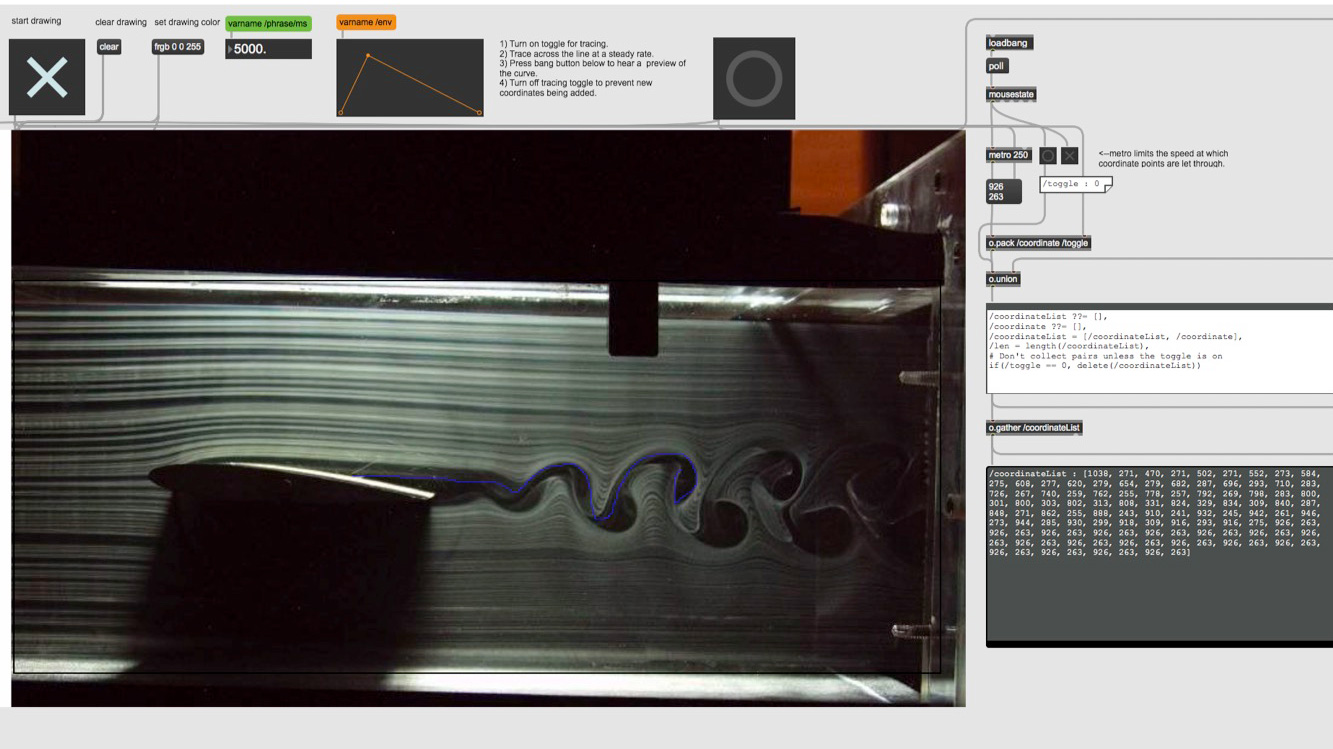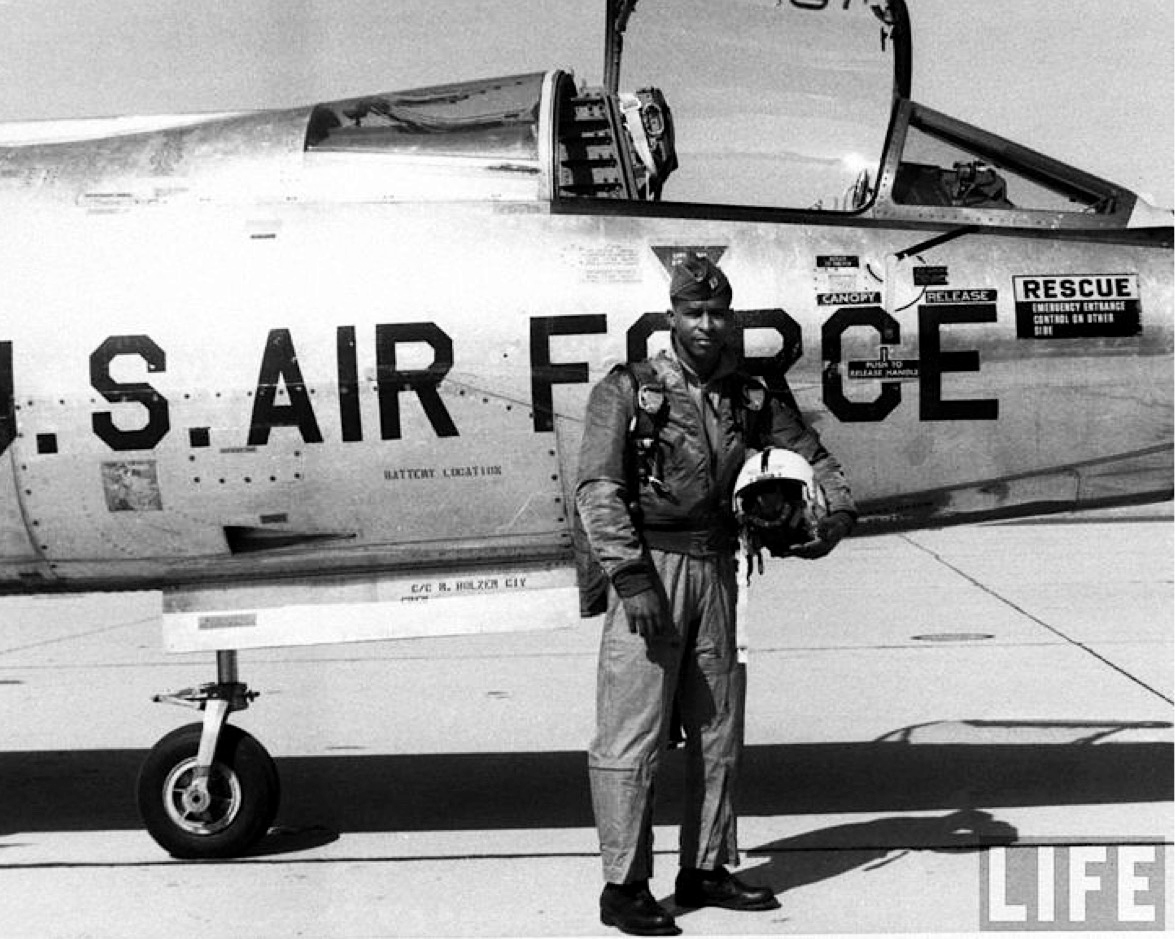“This project reflects the many ways in which computational capabilities are expanding our understanding of what can be musical and the tools with which we compose new music.”
— Matthew Schumaker, Project Lead and Martin Luther King Jr. Visiting Scholar, Music and Theater Arts, MIT
Stream_l__i___n____e_____s (after Robert Lawrence) is a work for clarinet and real-time computer accompaniment composed by Matthew Schumaker as an homage to the pilot Robert Henry Lawrence.
In 1967, Lawrence was the first African-American selected for a space program. He logged more than 2,000 hours flying jets, including the Lockheed F-104 Starfighter, and he studied a difficult steep-descent gliding technique called the flare maneuver—work that contributed significantly to the development of the Space Shuttle. Tragically, Lawrence died in a training accident. His role in the space program fell into obscurity until the 1990s, when his widow and his colleagues successfully petitioned NASA to acknowledge his contributions and inscribe his name on the Space Mirror Memorial at the Kennedy Center in Florida.
“My music envisions Lawrence flying in the sky, conducting research on the flare maneuver,” Schumaker says. “I conceived of four different views of the aircraft, each paired with its own musical material. One view, from the tarmac, gives a sense of the sound of these massive jets nearby; another view is of contrails, the white streaks in the sky coming from an aircraft at high altitude; a third view conveys a sense of turbulence; the final view depicts the balletic maneuvers of the plane flying overhead at a distance. These musical views recur and are juxtaposed with one another in varying ways throughout.”
Schumaker used computer-assisted composition techniques for this project, developing programs that enabled him to engage with the sound and science of flight and develop the jet metaphor in the musical material. In one case, he draws the harmony directly from audio recordings of the F-104 Starfighter plane.
In another, he used a computer program to create musical lines in the clarinet part from the photographed contours of curved aerodynamic streamlines flowing off a plane’s wing—a technique developed following an introduction into streamlines from MIT Professor Wesley L. Harris. “Further algorithms enabled me to create musical lines that interpolate smoothly from one to the next, reflecting the way the curved streamlines appear to radiate away from the wings,” Schumaker says.
In live performance, the electronic accompaniment to the clarinet part is performed using a custom, real-time computer application. This program triggers musical sequences that are also drawn from the F-104 Starfighter; its sound is cut into propulsive and rhythmic fragments and filtered into resonant and sonorous streaks. In addition, Schumaker says, “The tone and timbre of the agile clarinet line is periodically transformed through digital signal processing into something larger, more metallic, and jet-like.”
The piece was commissioned by the Dinosaur Annex Chamber Ensemble. Clarinetist Diane Heffner performed in the premiere on April 14 in Killian Hall at MIT as part of the Cambridge Science Festival.

Project lead:
Matthew Schumaker, Project Lead and Martin Luther King Jr. Visiting Scholar, Music and Theater Arts, MIT
Collaborator:
Wesley Harris, C.S. Draper Professor of Aeronautics and Astronautics, Department of Aeronautics and Astronautics, MIT
Launched: April 14, 2019 at the Cambridge Science Festival, commissioned by Dinosaur Annex.


